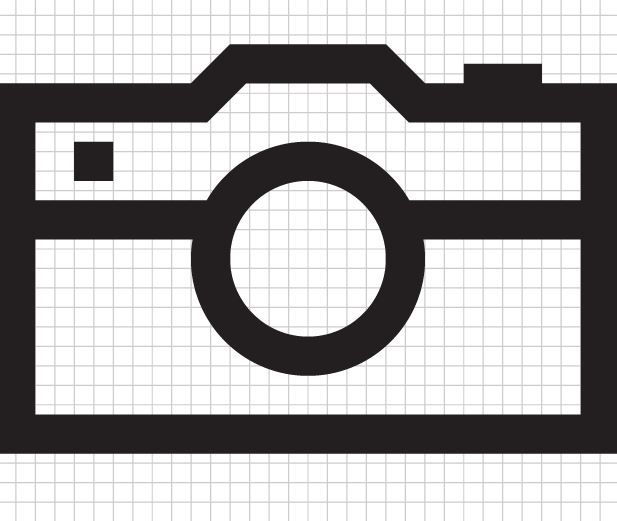Microsoft to make further tweaks to Windows 10's design via 'Neon'

Confession: I am not someone who pays attention to software and services design.

In fact, I'm useless when it comes to noticing UI changes. I see words, but couldn't tell you whether they're in Segoe or some other font. I never notice animations (unless they're slow or annoying).
As a result, I guess it's not surprising that the Windows "design language" concepts that Microsoft has been honing since well before "Metro" became a banished term are lost on me. I know many Windows enthusiasts care a lot about the thinking behind the way the Windows UI is designed, and about effects like blurring and transparency. But personally, I almost never notice any of these things.
For those that do care, MSPowerUser has what are alleged to be leaked screenshots that show off the third iteration of Microsoft's Windows design language. People say they show off more animations and some effects reminiscent of Aero Glass in Windows Vista and Windows 7. There's a component in the coming Windows 10 UI design known as "Acrylic" that blurs the background, sidebar, or nav for apps, MSPowerUser says.
(An interesting aside: There's a company called Aero Glass that provides augmented reality navigation via head-mounted displays.)
The "Metro" design language, which Microsoft subsequently began calling the "Microsoft Design Language" to head off a legal spat, was the first of a line of Windows, Xbox, and cloud services design language projects. The second, codenamed "Basel," and later known as MDL2, was a minor update to Metro/Microsoft Design Language.
Project Neon, described late last year by Windows Central, is the third in the line. Again, Neon is expected to be a fairly incremental update, not a major do-over. It's not expected to debut until Windows 10 Redstone 3, which is expected in the Fall of 2017,
Besides blurring, the Neon iteration of the design language is said to do away with solid square borders on selected objects, replacing them with highlights that work similarly to the way HoloLens apps do upon menu-item selection. That makes sense, given Microsoft's decision to bring the Windows Holographic shell to the Windows 10 Creators Update coming this Spring.
Albert Shum, the corporate vice president for Design and Content publishing in the Windows and Devices Group, is running the team behind the evolving design language(s). It's all about One Microsoft Design, according to Shum's LinkedIn page.